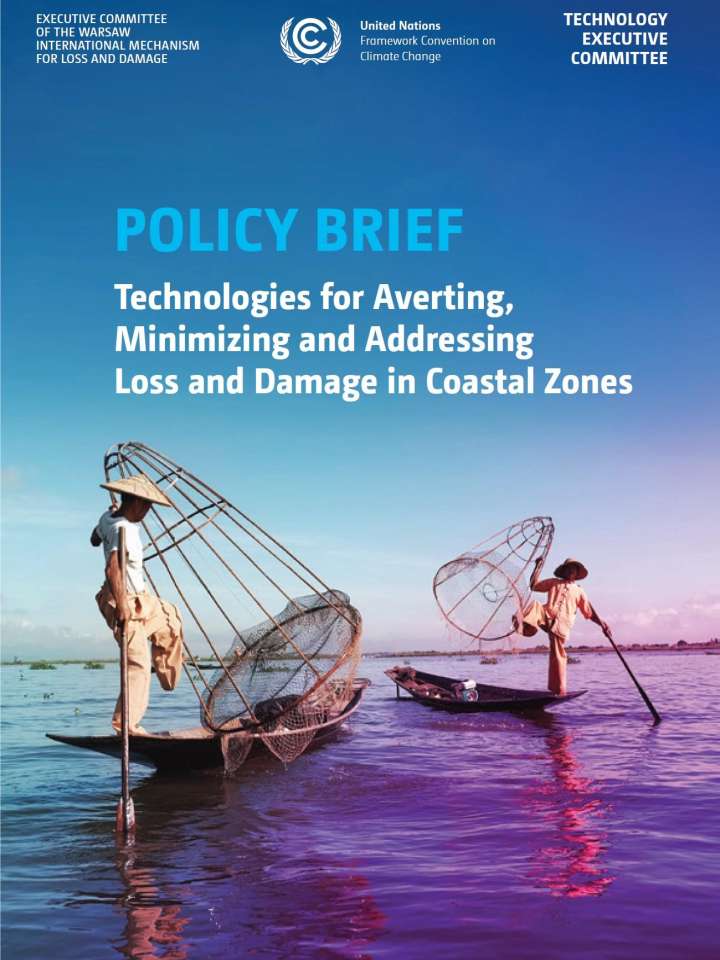Policy brief: technologies for averting, minimizing and addressing loss and damage in coastal zones
Today more than 600 million people live in coastal zones that are less than 10 meters above sea level, and approximately 60 per cent of the world’s metropolises whose populations exceed 5 million people are located within 100 kilometers of a coastline. Coastal zones are a critical component of national economies, and for small islands developing states and low-lying delta countries, the entire economic activities in those belong to their coasts. Coastal areas stand at risk from rising sea level and extreme weather intensity caused by climate change. Recently as evidenced in many coastal areas, the impacts of these climate change phenomena, including the losses and damages, are increasingly becoming disruptive.
The most recent technology needs assessment indicates that one-third of developing countries placed infrastructure, including in coastal zones, as a prioritized sector, and most of the prioritized technologies in this regard were related to coastal protection, including both hard and soft measures.
It is in this context that the TEC joined hands with the WIM Executive Committee to develop a joint policy brief addressing the intersection of the areas of work of the two committees as mandated by Parties.
“Nations are exploring ways to scale up their levels of ambition under the Paris Agreement, and are at the same time strengthening synergies with the 2030 Agenda for Sustainable Development. This makes it imperative to explore technologies that can advance joint efforts for development and climate action, thus also helping communities manage multiple risks. We need technology options that reduce risks to lives and livelihoods across coastal zones, and that transition vulnerable people, communities, and countries to their full socio-economic potential.” – Patricia Espinosa, Executive Secretary of the UNFCCC
The policy brief provides information on an array of technologies – hardware, software, and orgware – currently available to assess risks, reduce risks, recover and rehabilitate from the impacts of climate change in coastal zones. It also highlights challenges and opportunities of these technologies where improvements can be made to help countries prepare better to deal with adverse impacts of climate change in coastal zones.
The policy brief is the result of collaborative work of the TEC and WIM Executive Committee with valuable contribution from experts in these areas and inputs from the Expert Dialogue on technologies for averting, minimizing and addressing loss and damage in coastal zone held in conjunction with the Bonn Climate Change conference in June 2019.
Explore further
